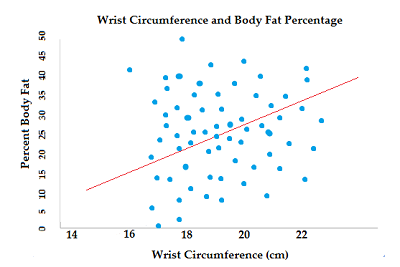Bias in Statistics > Accidental Bias
What is Accidental Bias?

The name accidental bias is a bit of a misnomer, because these aren’t “accidentally” introduced into an experiment by, say, dropping a beaker or missing a page in a document; Nuisance variables are usually intrinsic to an experiment and can’t be avoided by being careful. It could more aptly be called chance-variable bias; Soares (1985) suggests a suitable name would be “lurking-variable bias”.
How to Avoid Accidental Bias
Randomization is one way to control for accidental bias (Suresh), as long as you are careful to balance treatment assignments by identifying all factors which may affect outcomes. Most randomization techniques will minimize the effects of nuisance variables, except for the truncated binomial design (Chow & Chang). Along the same vein, a random allocation design can minimize the effects of this type of bias in sequential experiments (Soares). When combined with complete randomization, random allocation eliminates accidental bias completely in large sample sizes (over 100) (Chow & liu).
References:
Chow, S. & Chang, M. (2011). Adaptive Design Methods in Clinical Trials.
Chow, S. & Liu, J. (2004), Design and Analysis of Clinical Trials: Concepts and Methodologies.
Soares, J. (1985) Optimality of random allocation design for the control of acc. bias in sequential experiments. Journal of Statistical Planning and Inference 11 81-87.
Suresh, K. (2011) An overview of randomization techniques: An unbiased assessment of outcome in clinical research. J Hum Reprod Sci. Jan-Apr; 4(1): 8–11.
doi: 10.4103/0974-1208.82352. Retrieved January 8, 2017 from: NIH.